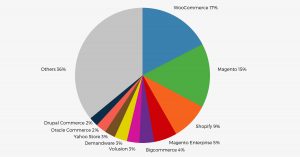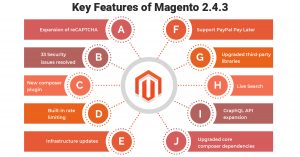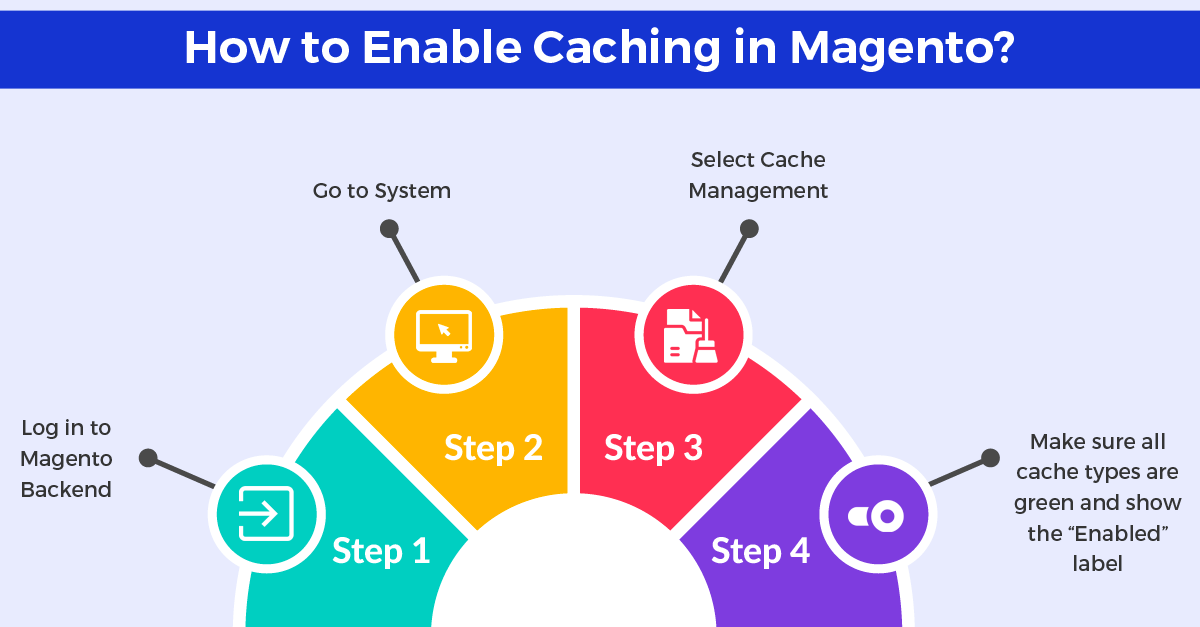A Guide to Magento Store Performance Optimization
-
 Nidhi Arora
Nidhi Arora
- 3 years

Magento is one of the best choices when building an online store. According to statistics, 20% of the top 100000 eCommerce stores are using Magento. Out of which, 15% are using Magento’s community edition and 5% are using Magento’s enterprise edition that is also known as Adobe Commerce.

Source: BuiltWith
Magento comes with thousands of features, out-of-the-box functionalities, and customization capabilities that help businesses attract and convert more leads. That’s the reason why business owners trust Magento for their dream ventures.
But, it is not easy to use these amazing benefits of Magento. Great things come with greater responsibilities. Magento doesn’t restrict you for things like SKU numbers or customization like other eCommerce platforms. It is a flexible but complex (for a new developer) eCommerce tool that requires strong hardware and performance monitoring, consistently.
As an expert Magento 2 development agency, we will list some tips and tricks for Magento Store Optimization in this article that will help merchants increase their website loading speed to increase conversions and eventually revenues. So, let’s get started
Why Your Magento Store is Slow and What Needs to be Done?
The performance of your online store can impact several aspects of your business including conversion rates, online visibility, and bottom line. If we talk about statistics, around 50% of online consumers expect a website to load under 2 seconds or less and if a web page takes more than 3 seconds to load, 40% of visitors bounce back.
Now, if this is happening with your website as well, you need to stop and think. What’s wrong with the performance of my website? While there can be many reasons behind it, eCommerce websites mainly offers poor performance due to the following reasons:
- Sharp traffic increase
- Slow and old hardware
- Too many third-party extensions
So, finding the reason why your website is slow should be your first step towards performance optimization. Depending on the problem, many solutions exist for Magento Store Optimization, including:
1. Use the Latest Version of Magento
Magento is an ever-evolving platform. The Magento community strives to make it better for merchants and keeps releasing updates every now and then.
Every version of this platform has something new that you use to improve the performance of your online store. For example, its latest version has many security and quality fixes, GraphQL API expansion, live search functionality, and much more that wasn’t present in its older version.

So, if you don’t want to see the low performance of your online store, stay updated and make sure to utilize these upgrades when they are ready.
2. Select the Right Hosting
If you are an eCommerce store owner and you are planning to cut costs on hosting, you can never build the experience that your customers are looking for. Opting for solutions like shared hosting is a good option for personal or blog websites. But, if you are running an eCommerce store, you need dedicated hosting to manage traffic surges and ensure zero downtime.
If you are not sure about the benefits of dedicated hosting, it is much better in terms of availability of resources, ensuring scalability, providing customer support, and better protection against malicious attacks.
However, if you feel like you don’t need dedicated hosting and a shared hosting plan isn’t serving your needs, you can go with a virtual private server — it is a web hosting setup with a layer of virtualization that will separate your resources from other’s resources.
Almost all eCommerce businesses have a little more than a few products and shared hosting plans fail to manage required resources in such scenarios. But, most eCommerce business owners also feel that dedicated hosting isn’t needed and can be a huge financial burden.
So, a VPS brings the best of both worlds for them.
3. Enable Caching
Disable caching can cause increased server response time which results in slow loading of the website pages. So, to optimize the performance of your website, you need to make sure caching is enabled. It is a great way of lessening the number of database operations needed for every request, resulting in faster loading.
When seeing a cached page, your customers will be able to access the information they require a lot faster. Sometimes, it is also possible that your developer or anyone else (who has the admin capabilities) can disable cache accidentally. But, thankfully, enabling it again takes just a few minutes:

4. Minify and Merge JavaScript and CSS Files
Another major reason for slow website speed could be unmerged and non minified JS and CSS files. Minification of code is a process of removing all the unnecessary characters, whitespaces, comments, and line breaks from the code to compress it down. It lessens the amount of code that needs to be transferred and makes your Magento website much faster than before.
Similarly, merging is combining JS and CSS files into one — it decreases latency and helps you load files together and fast.
5. Ditch Unnecessary 3rd-Party Extensions
Magento is a highly flexible and customizable platform. That’s why most Magento store owners use plenty of third-party extensions to give their online store the desired look and feel. These extensions can be used to provide multiple payment options to customers, create content, market products, or add personalization to the site.
Though these extensions shouldn’t impact the speed of a website at all, if you fail to manage or update these from time to time or if the host runs slow — they can create issues. Integrations with ERPs and CRM may also be the reason behind a slow website.
Therefore, you should ask your developers to find out the cause. Your developers should analyze all these integrations to make sure that each addition to your site is up-to-date, safe, and works correctly as expected. It is always advisable to delete any unnecessary extension to free up space for speed and space optimization.
6. Optimize Front-End Content
Now, if your website’s backend is in order and still your Magento store is lagging, the problem might be in your website’s frontend. Using an over-customized theme, going without a CDN, or not optimizing images and content are the few reasons that can affect the website’s speed. Here are a few tips that can help you solve these issues:
Change Your Website Theme
If your website’s theme is too customized or heavy, consider replacing it with a fast and lightweight Magento theme as it will help you improve the speed.
Optimize images
Generally, eCommerce websites have hundreds of images to display products and special features. Therefore, it is crucial to optimize images so that they don’t slow down the speed.
Use A CDN
There are two advantages to using a CDN on your site. In the first place, your clients will encounter faster-loading speeds as the CDN lessens the load of servers. Also, since a CDN places static resources on servers near your customers, content like pictures and scripts will not need to go as far, which can accelerate download times.
The Crux
The eCommerce industry holds huge potential and gives numerous business opportunities to budding startups that want expansion and aggressive growth. But, to attract digital customers, you need a website that is robust and provides an amazing customer experience.
You can follow the above-mentioned tips if your Magento store is presently lagging or needs optimization. You can also get in touch with experts at Envision eCommerce for advanced tips and tricks on Magento performance optimization.
Download Blog













